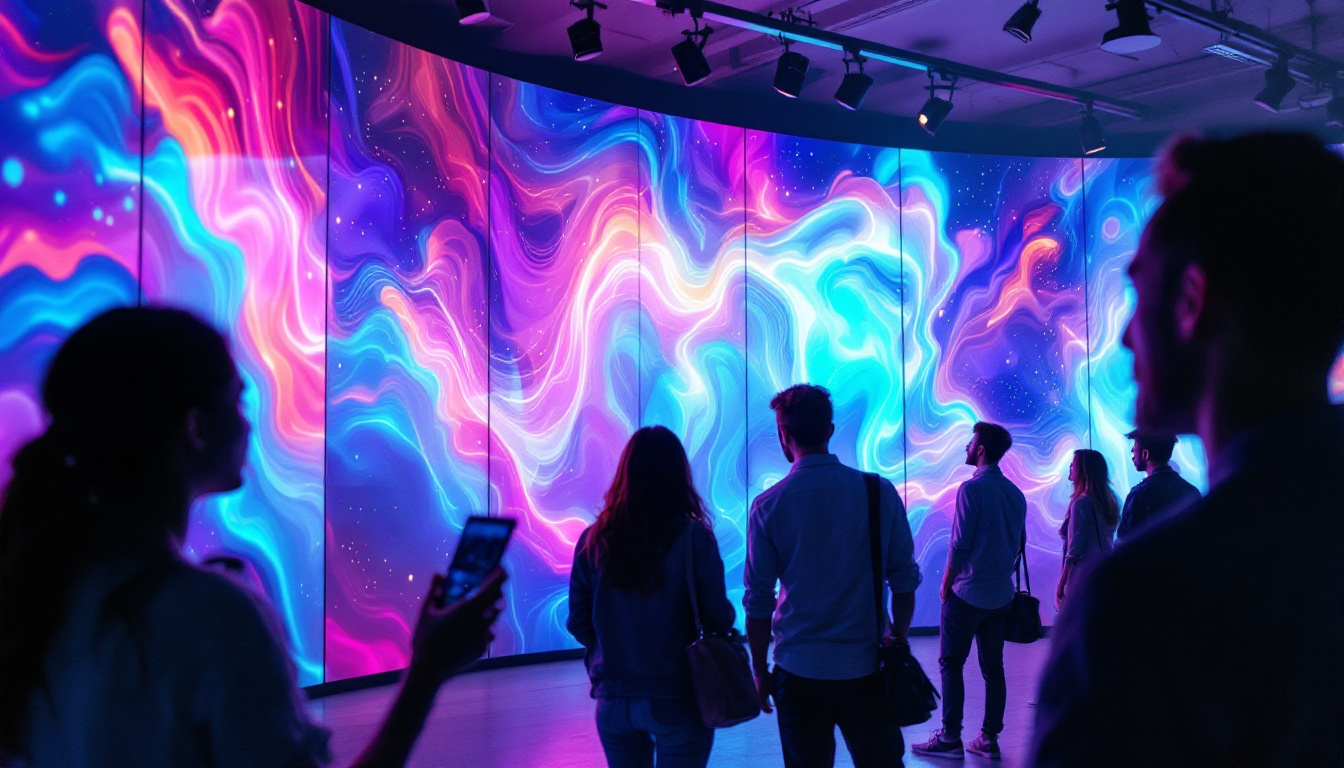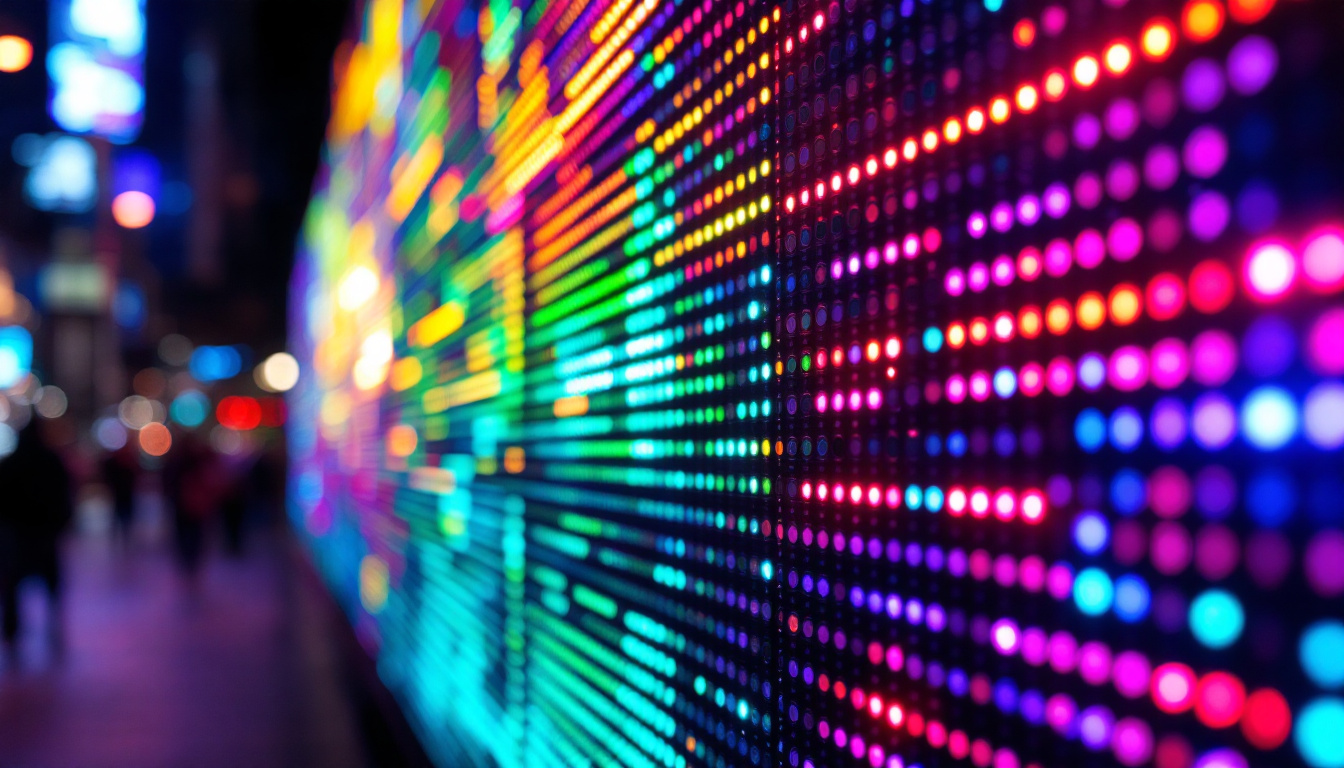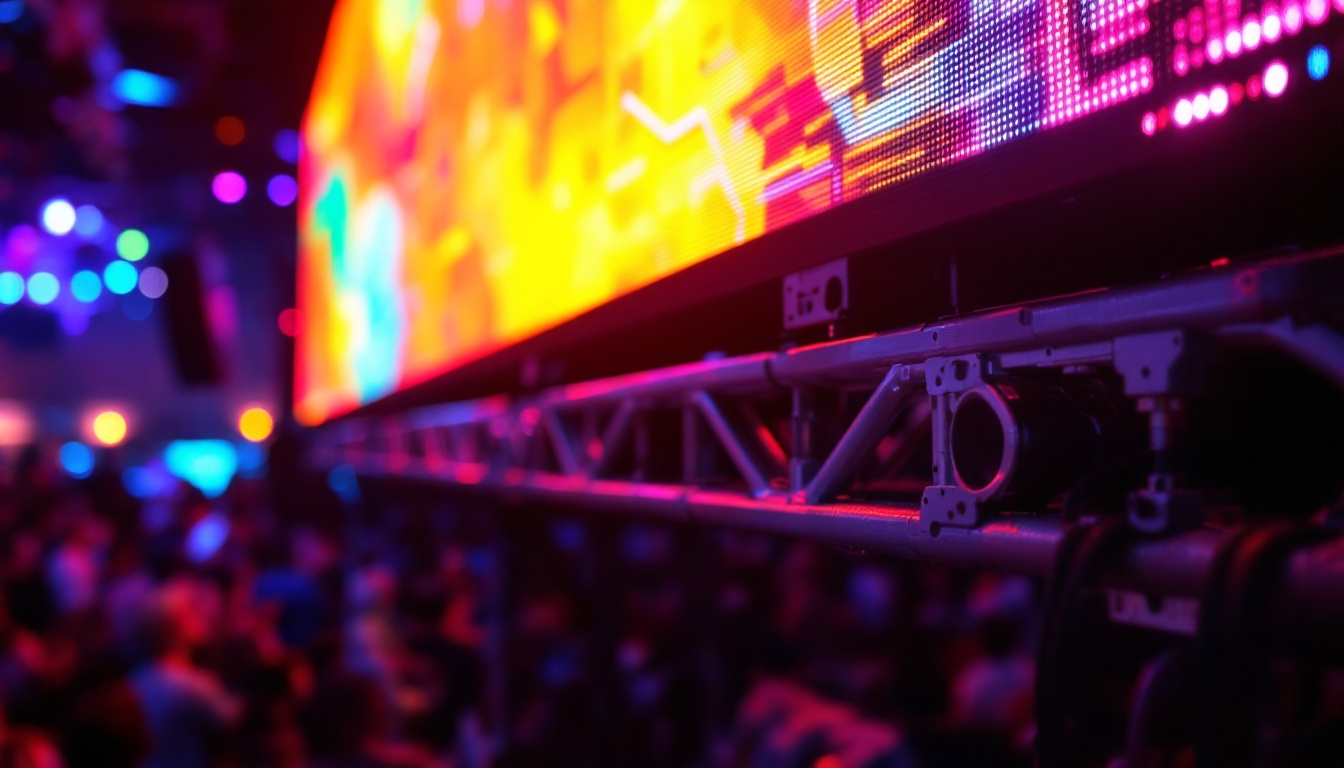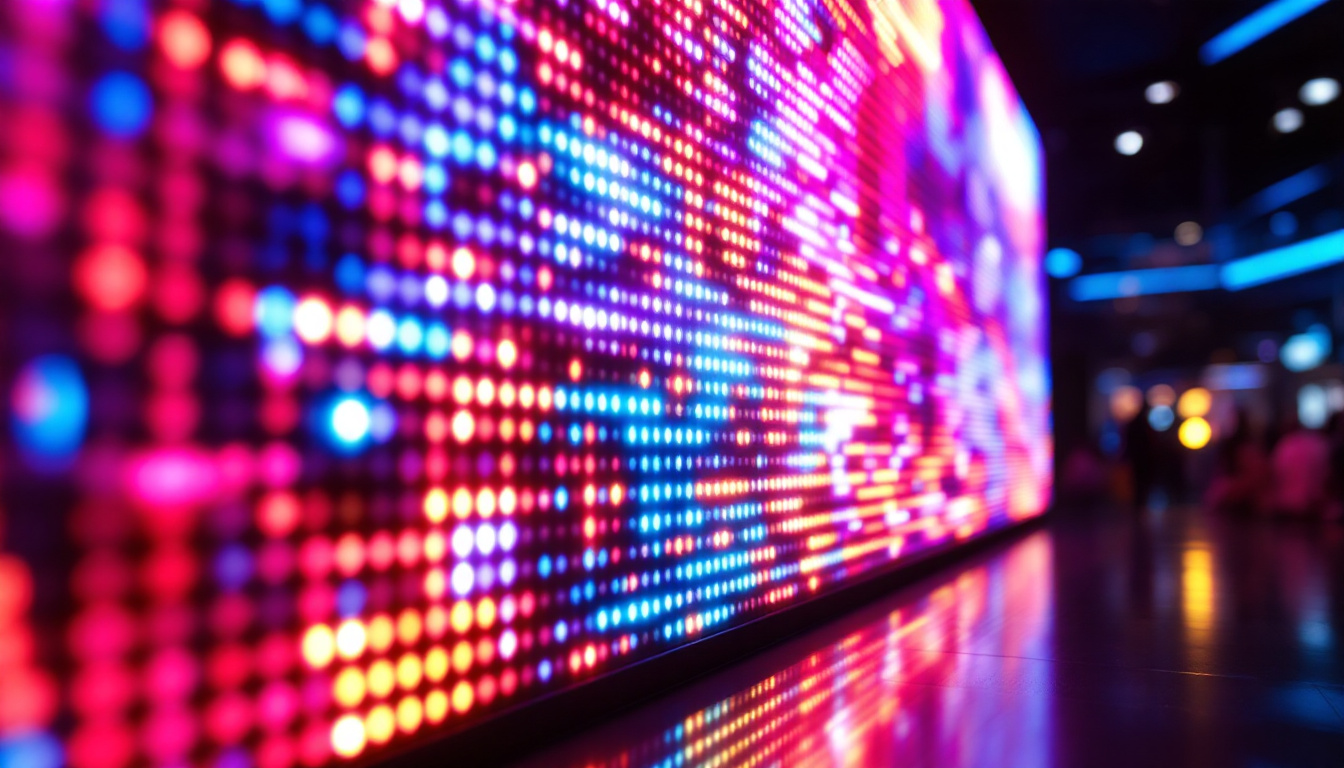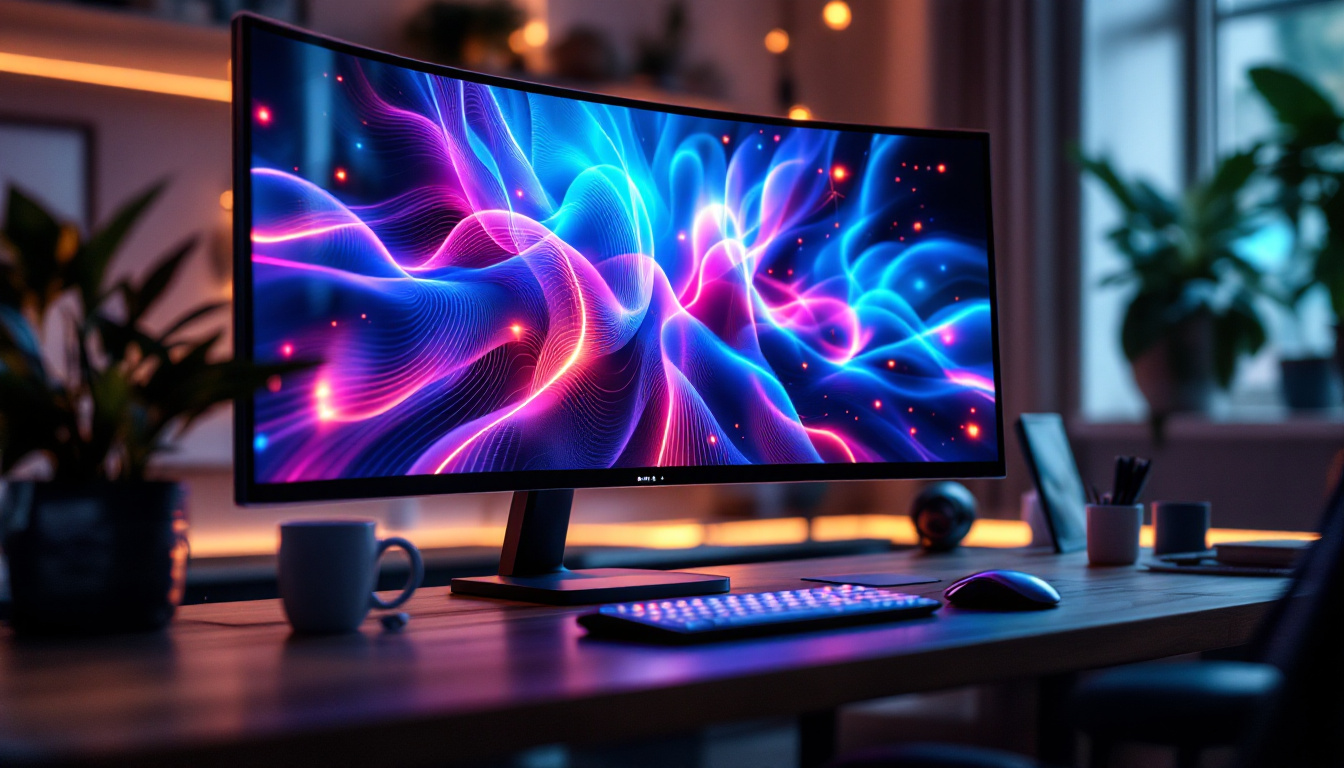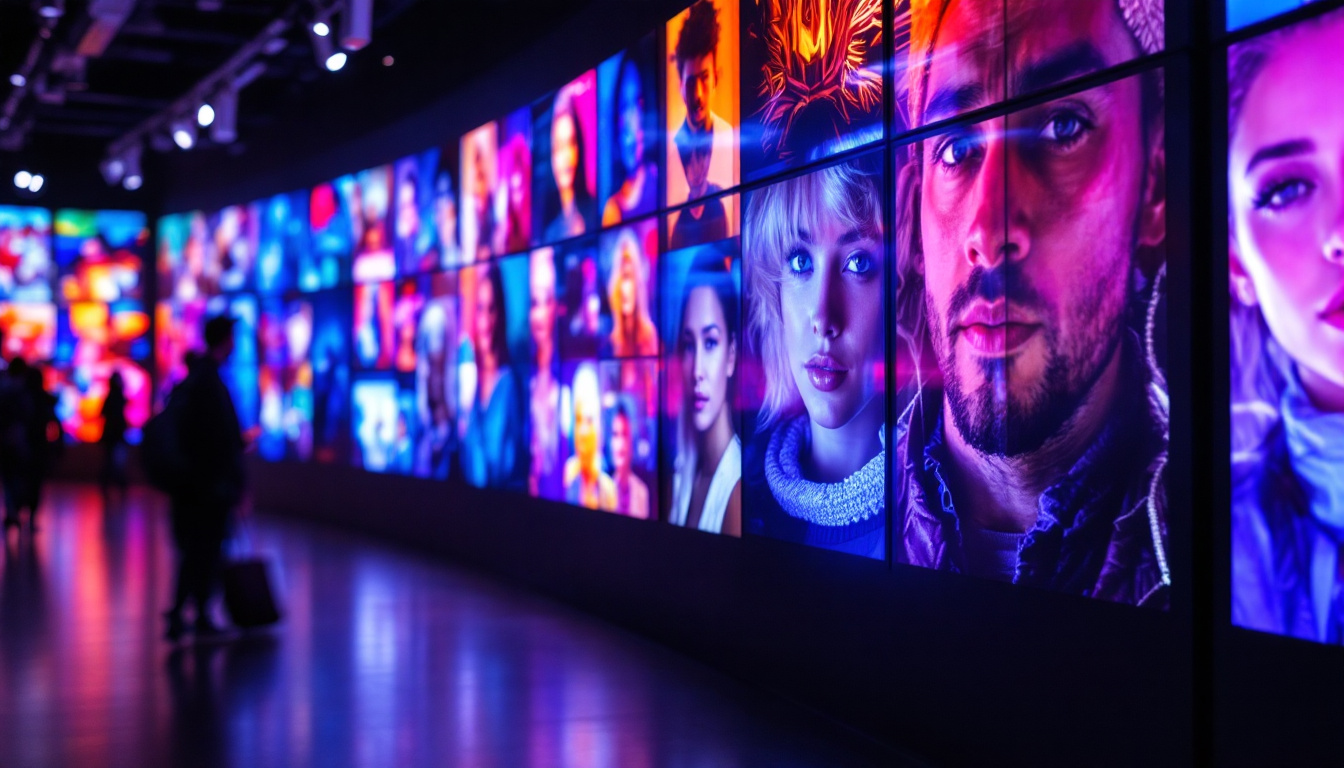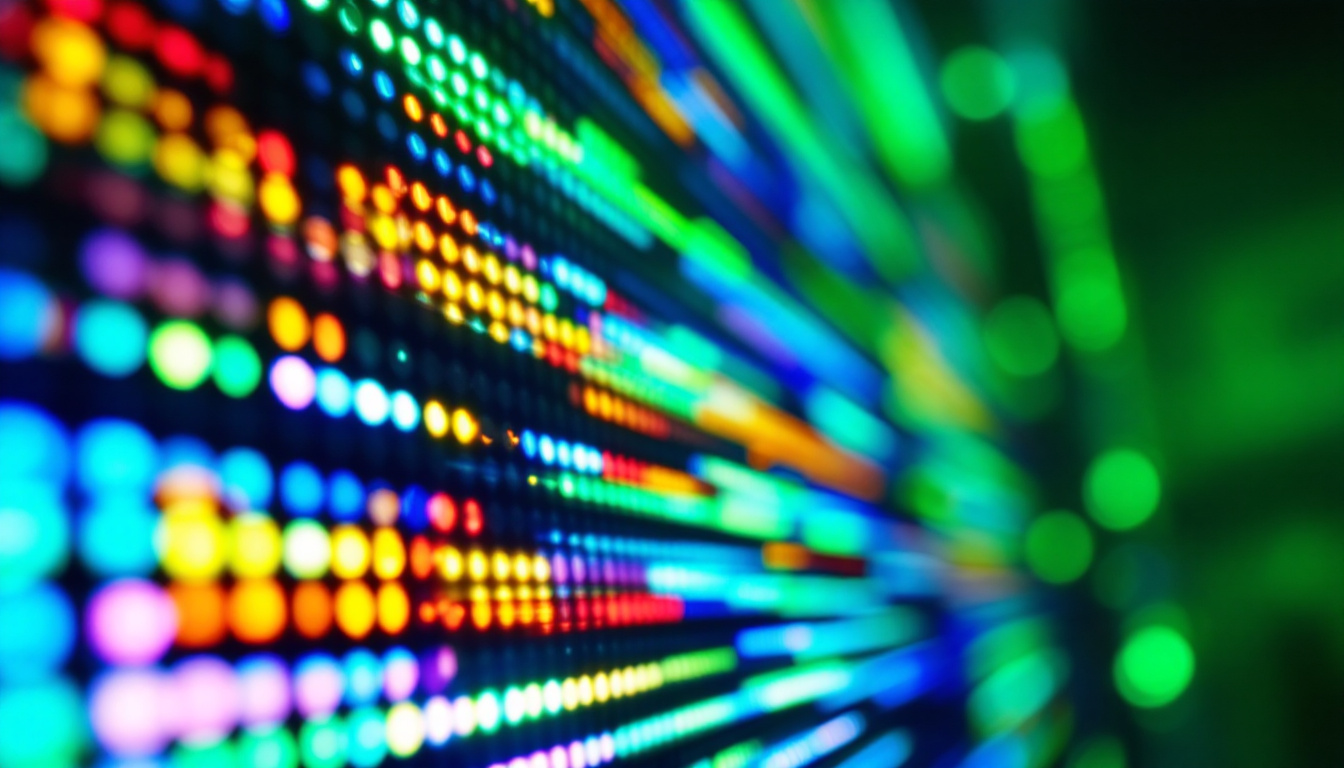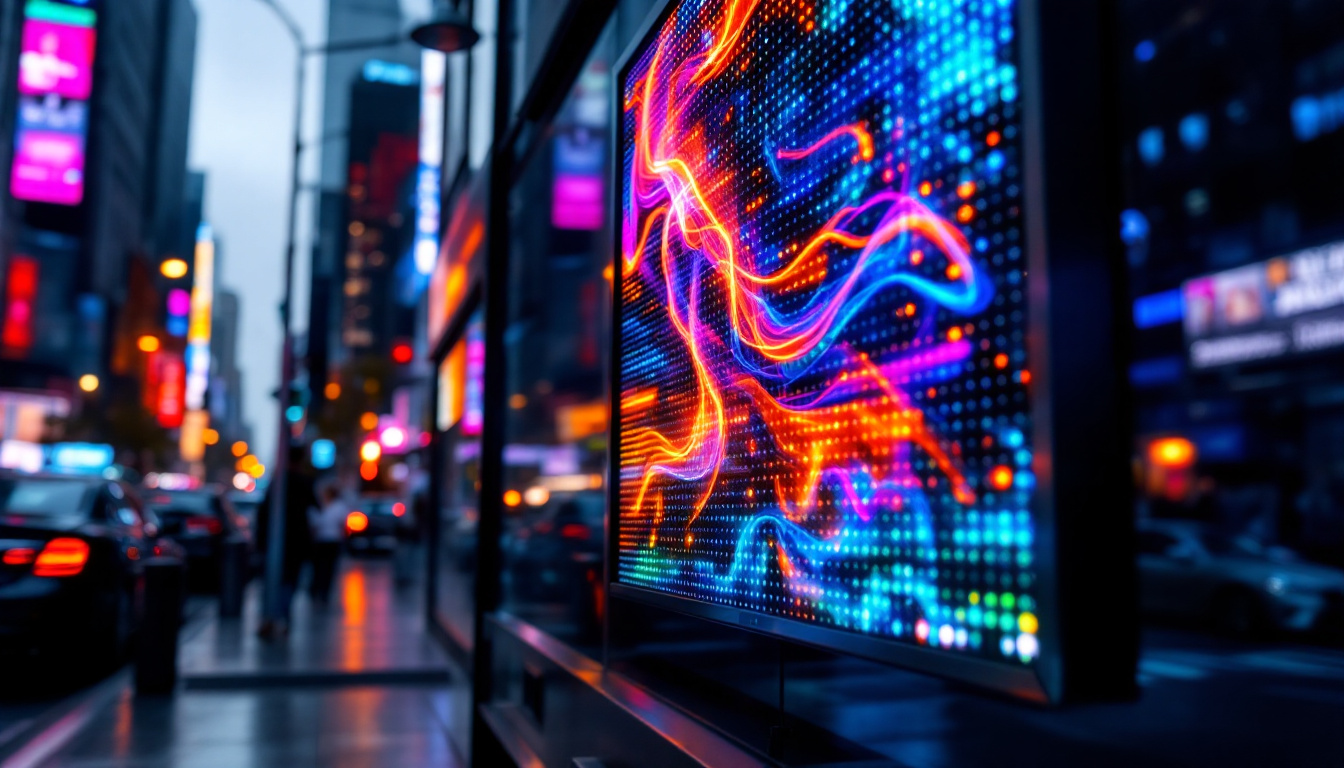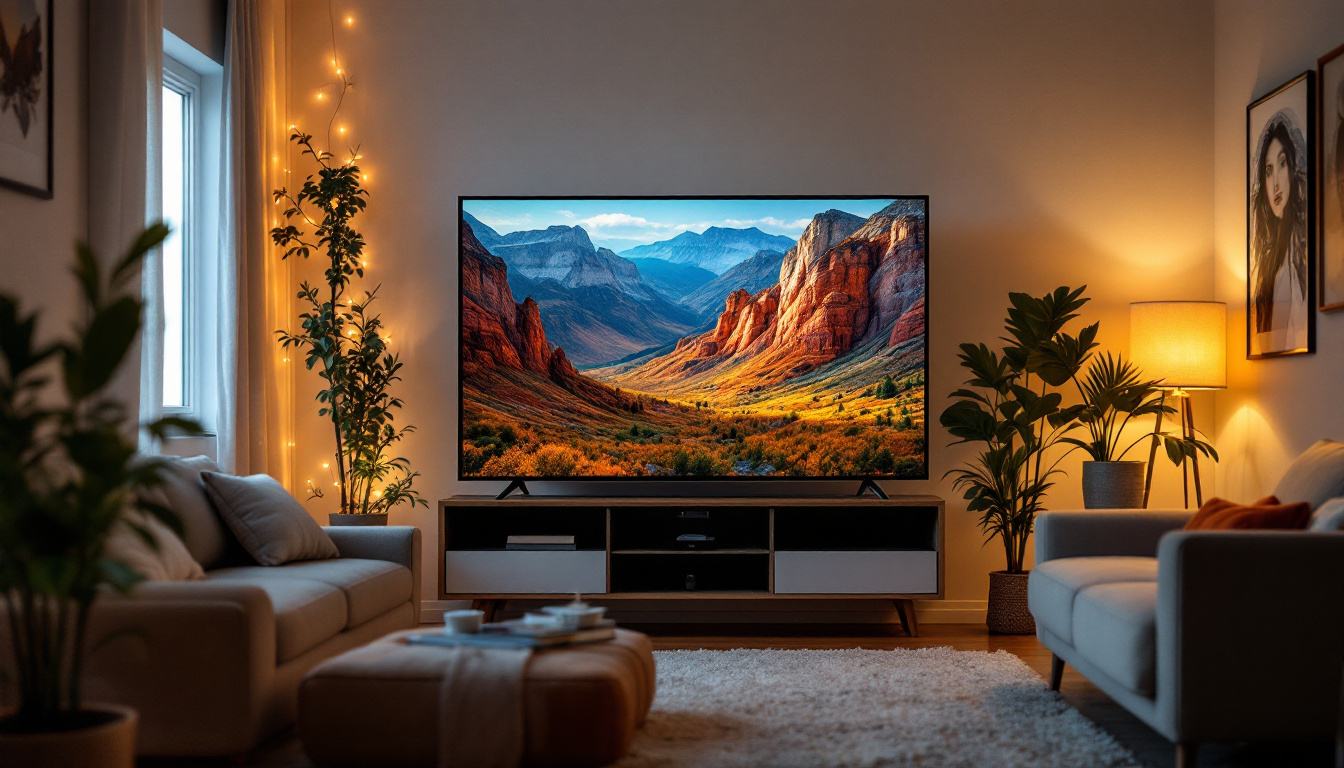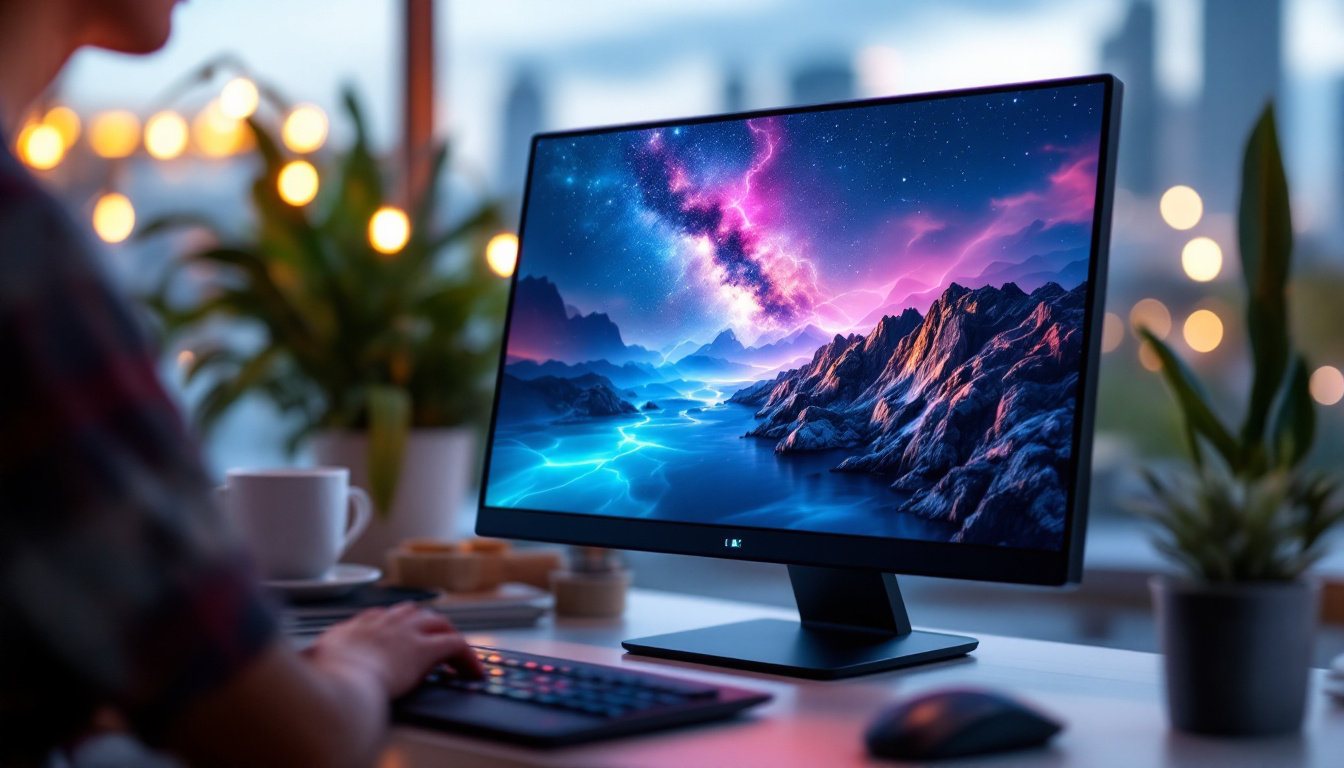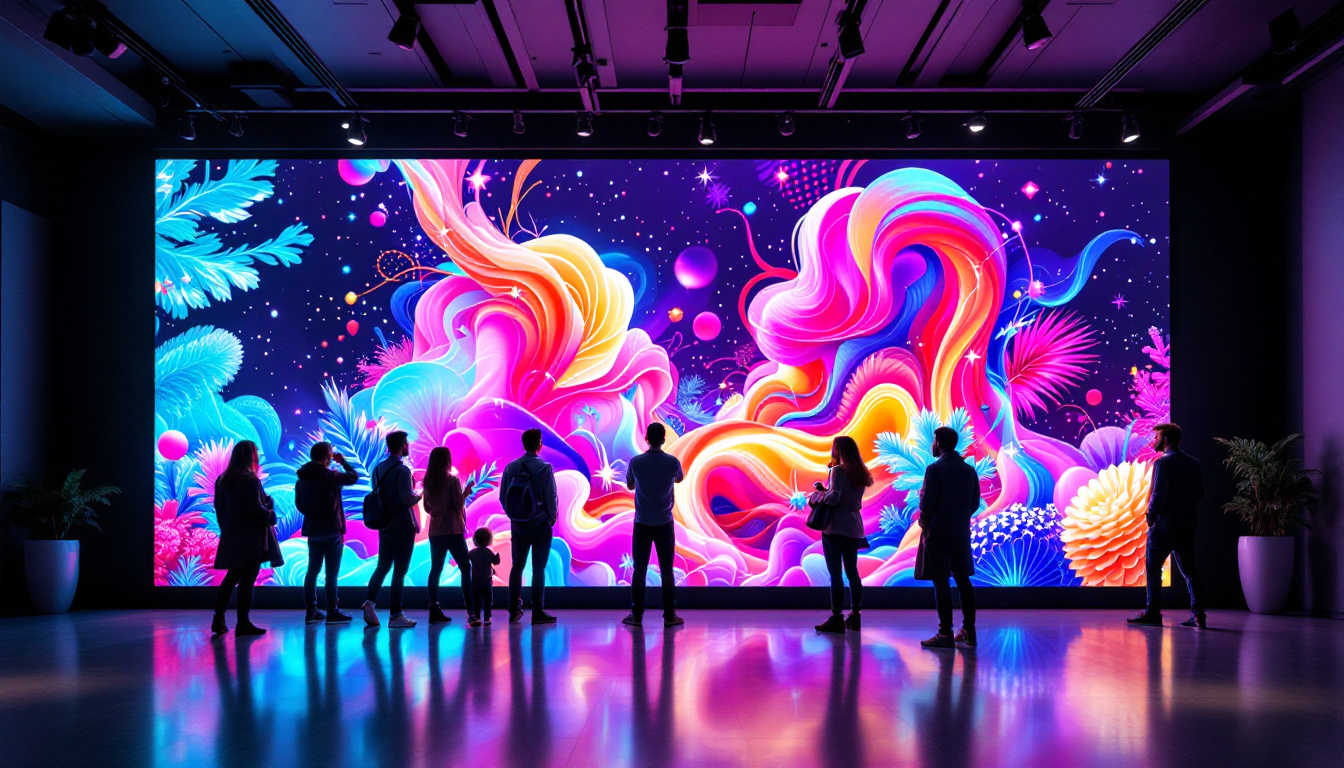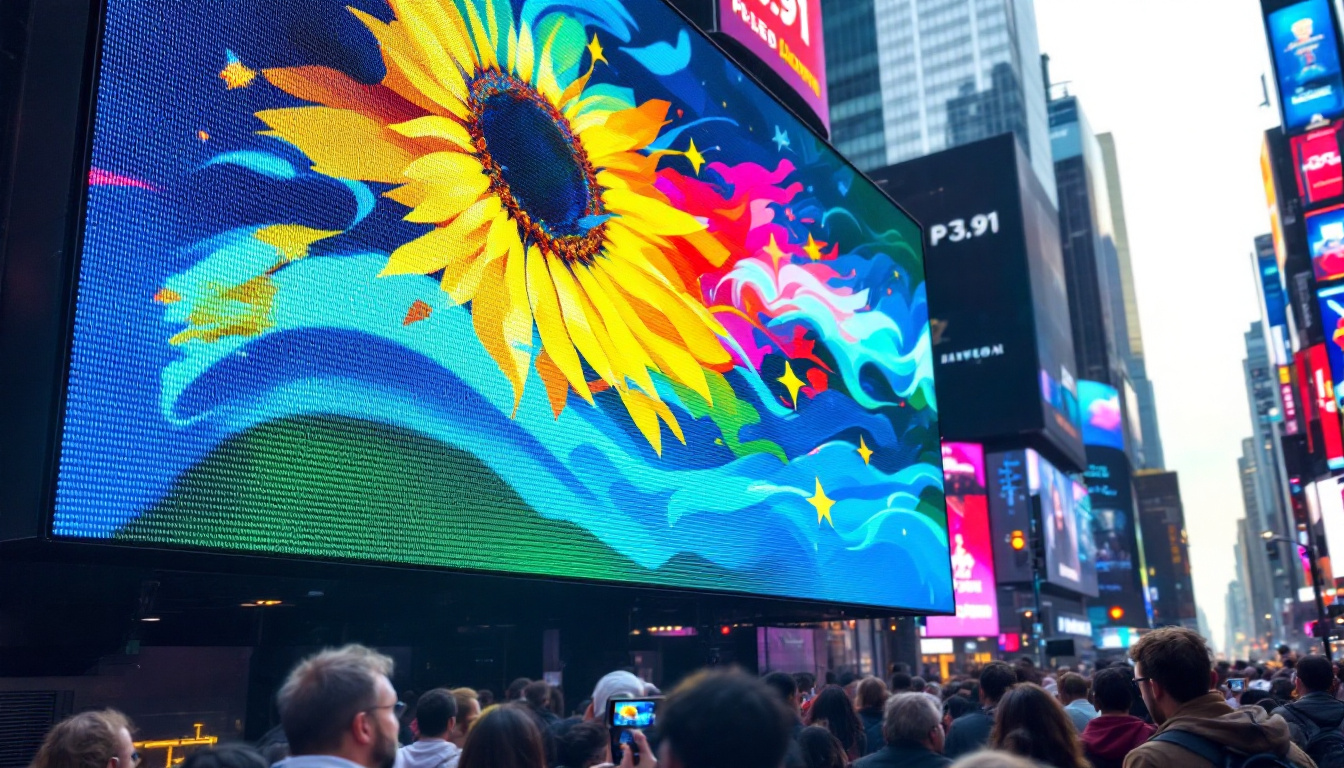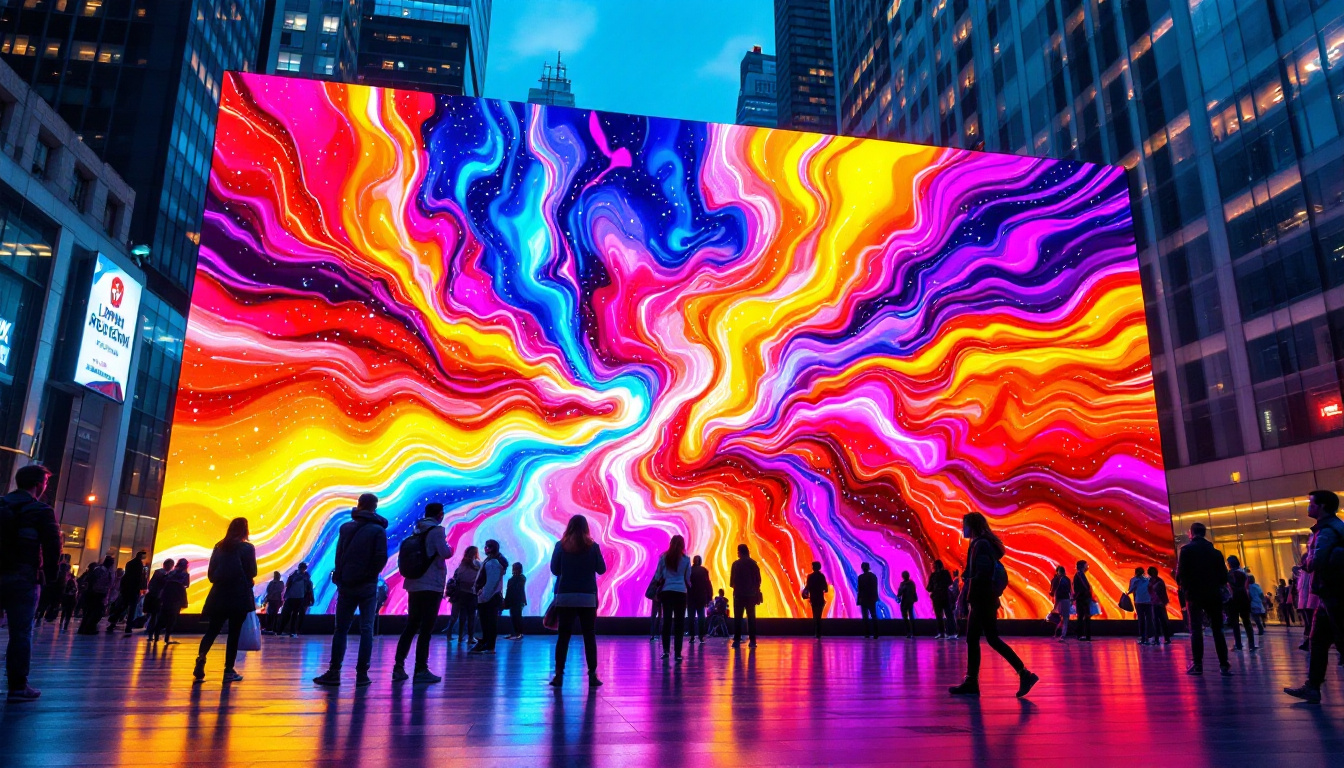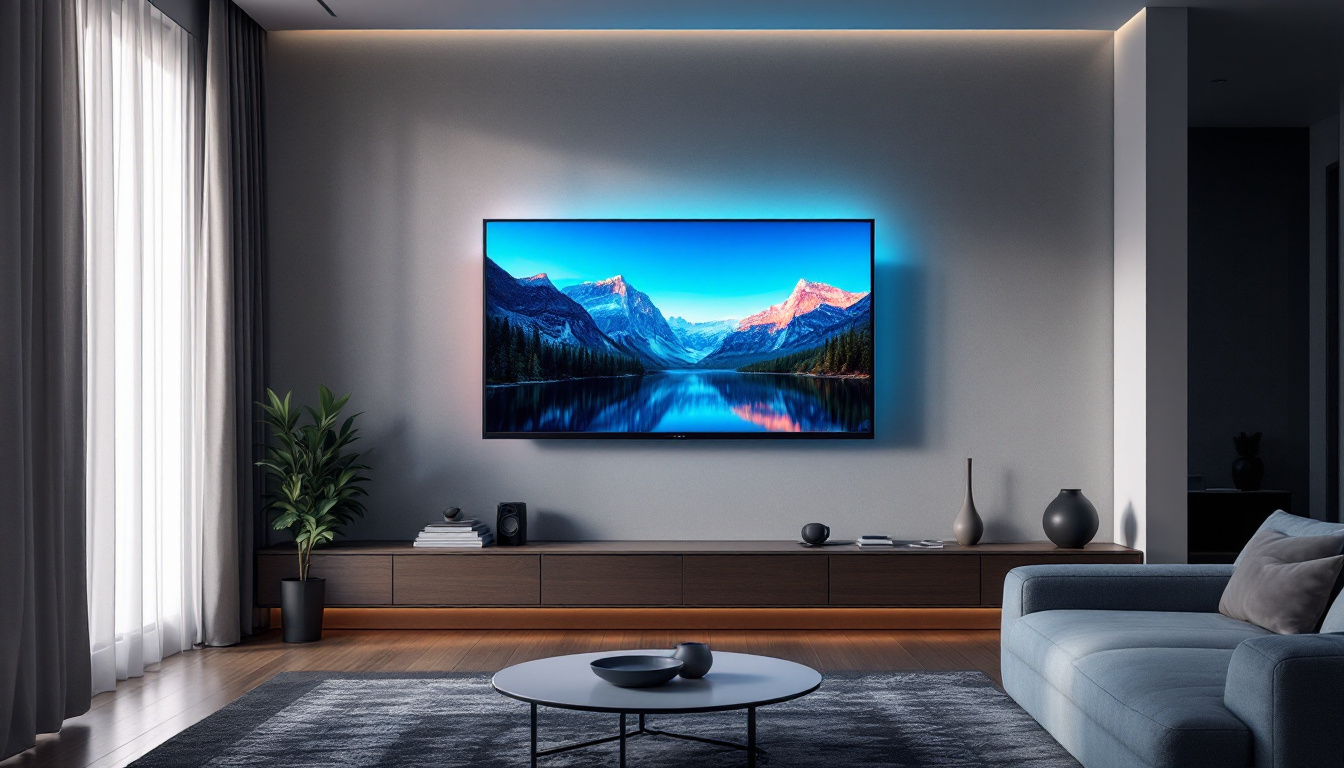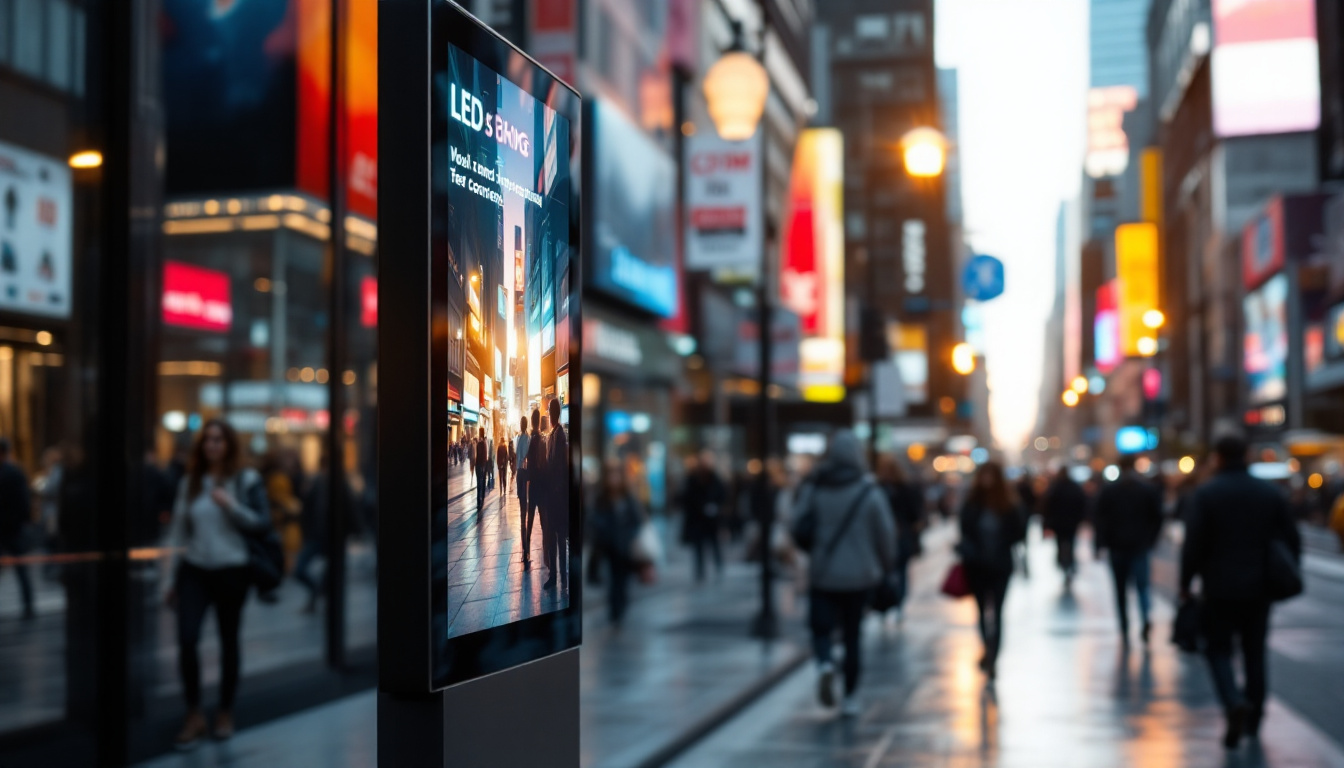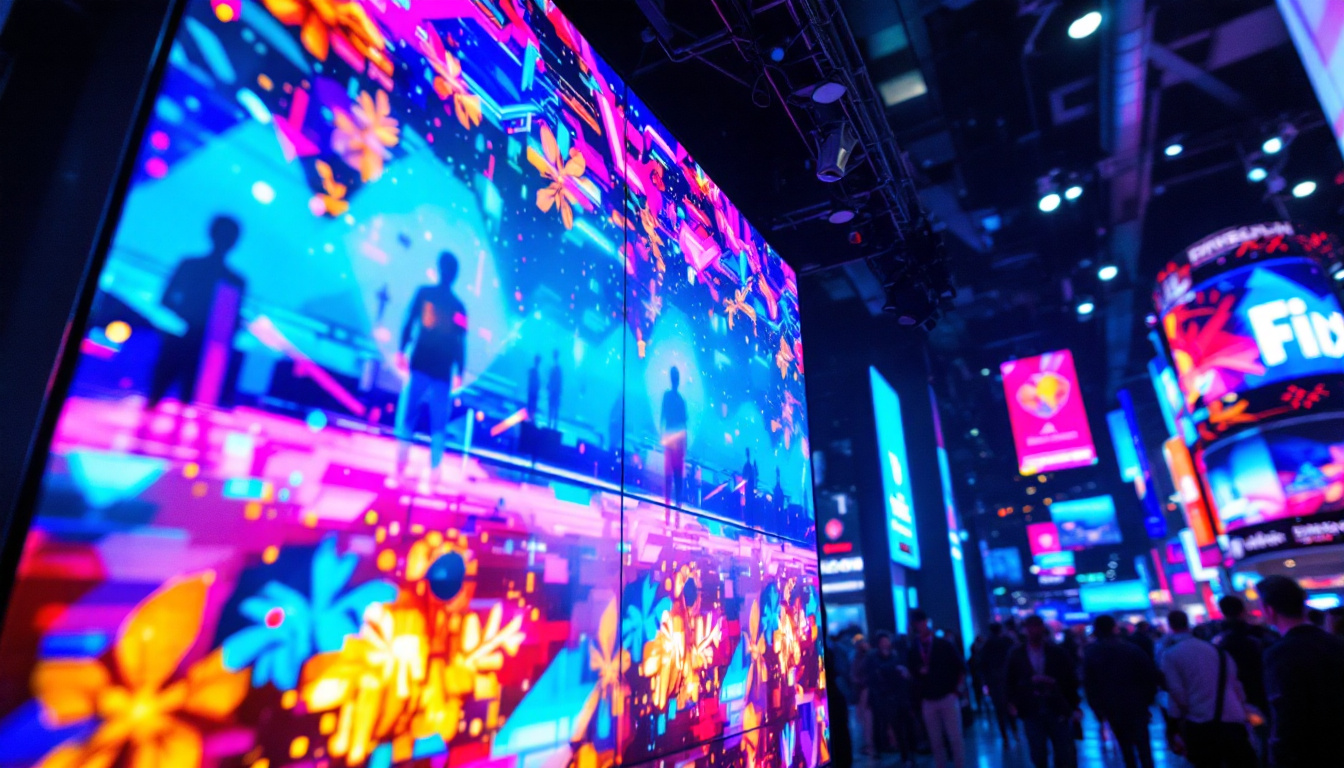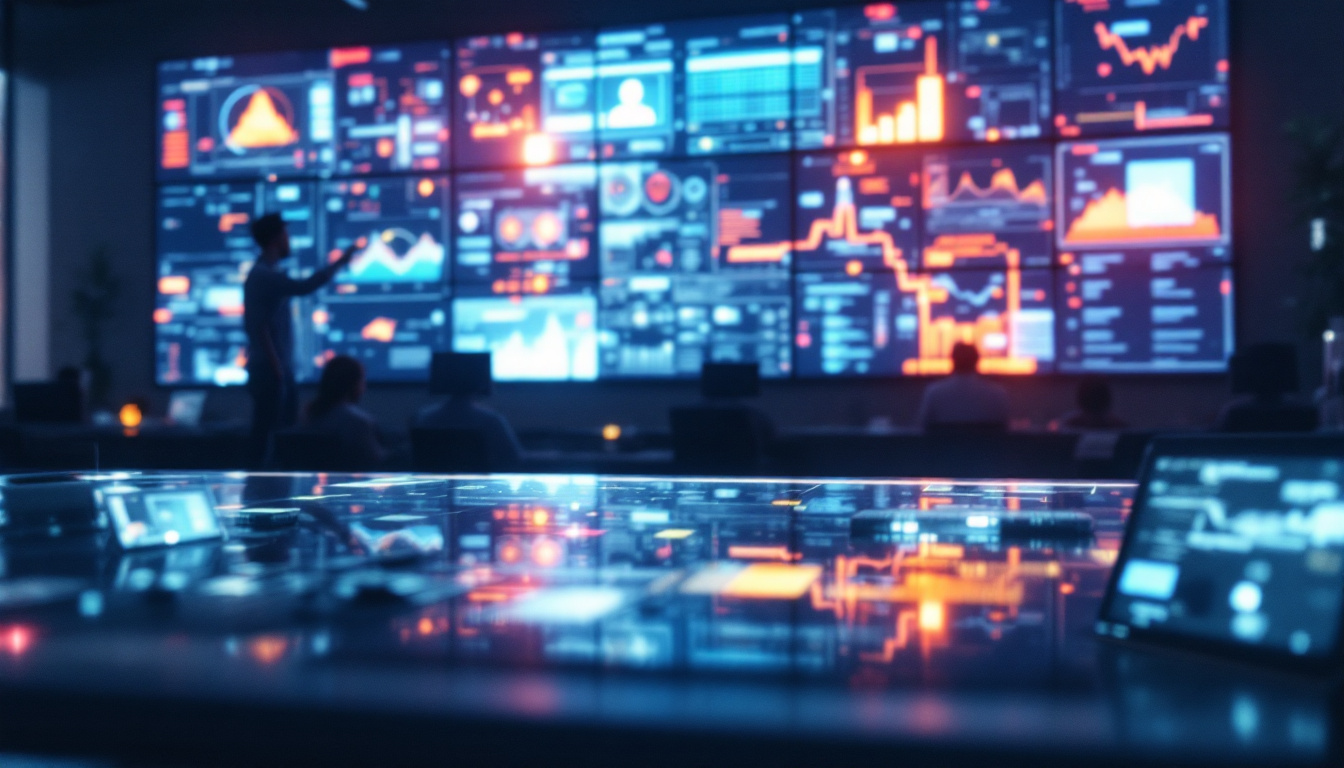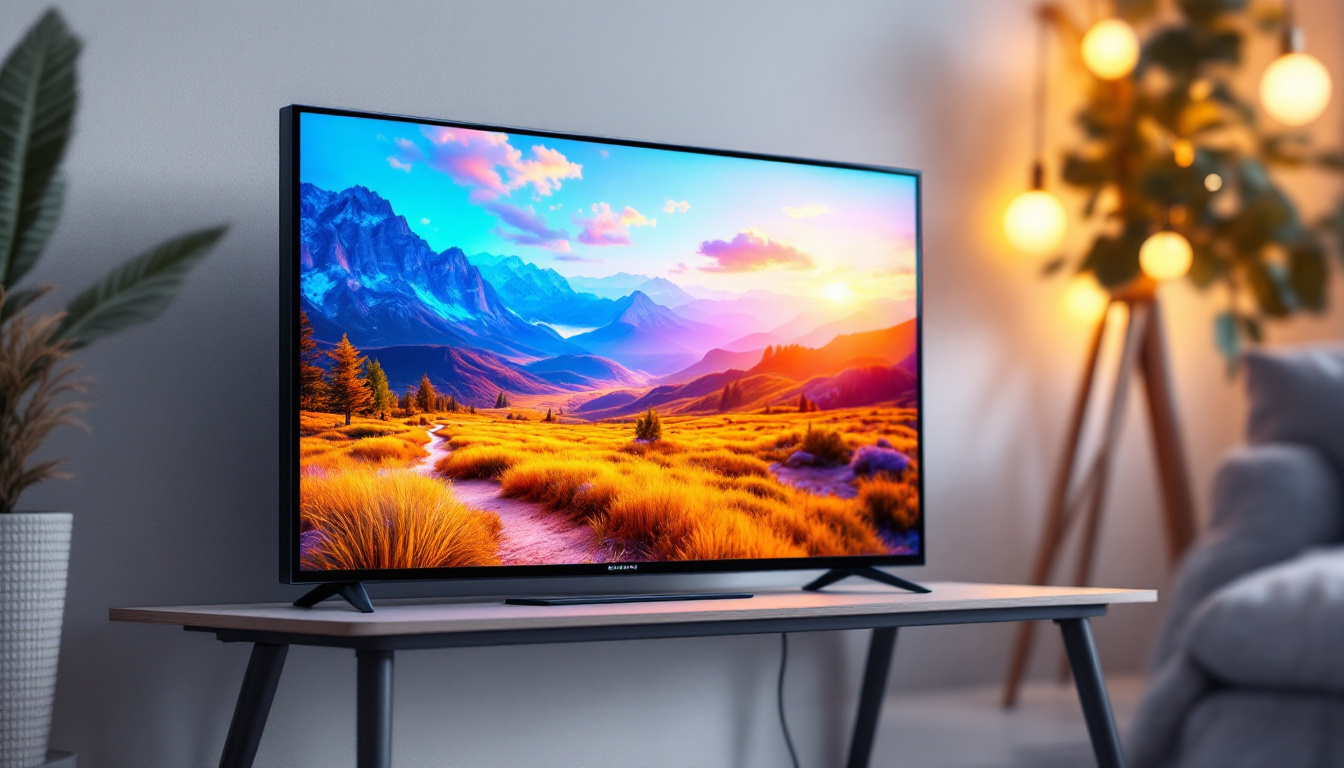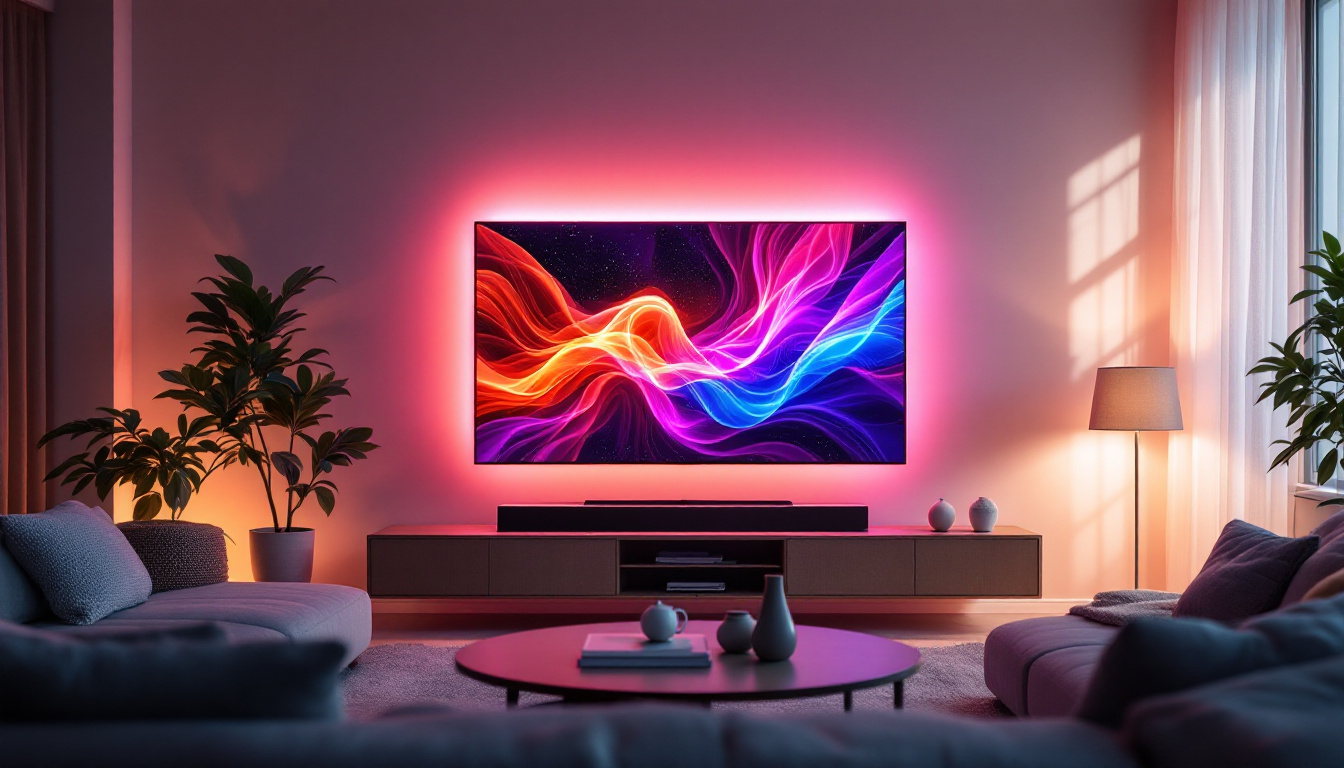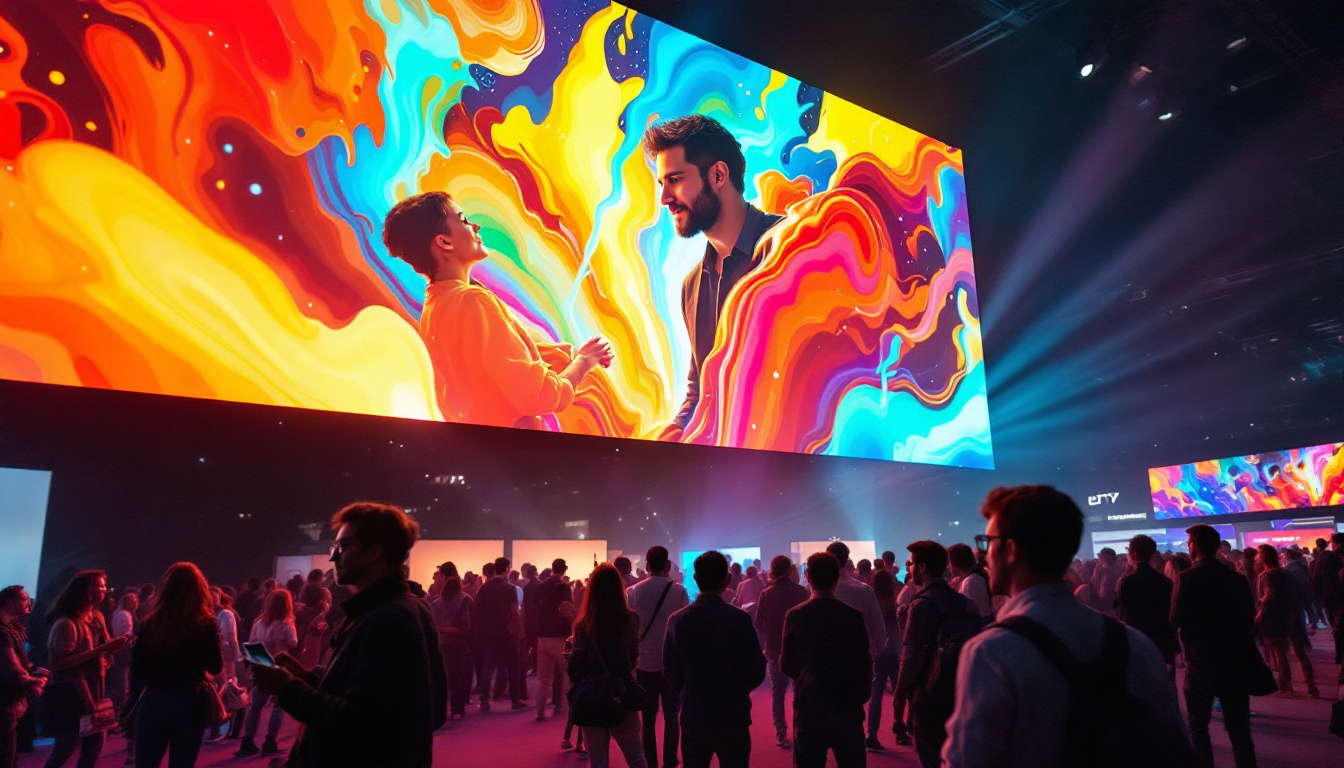In an age where visual communication is paramount, the use of LED displays for logos and branding has surged in popularity. These vibrant, dynamic displays not only enhance visibility but also convey a modern and innovative image for businesses. This article delves into the intricacies of LED displays, exploring their benefits, applications, and the technology that drives them.
Understanding LED Displays
LED displays, or Light Emitting Diode displays, are electronic devices that utilize LEDs to produce images, videos, and text. They are widely used in various applications, from advertising billboards to indoor signage. The technology behind LED displays has evolved significantly, making them a preferred choice for businesses looking to enhance their branding efforts.
The Technology Behind LED Displays
At the core of LED displays is the LED technology itself. LEDs are semiconductor devices that emit light when an electric current passes through them. This property allows for the creation of bright and energy-efficient displays. The arrangement of these diodes in a matrix format enables the display to produce a wide range of colors and images.
There are two primary types of LED displays: direct-view and backlit. Direct-view displays consist of an array of LEDs that are visible from the front, while backlit displays use LEDs to illuminate a liquid crystal display (LCD) from behind. Each type has its advantages, depending on the intended application. Direct-view displays are often used for large outdoor screens, where visibility and brightness are critical, while backlit displays are common in environments where space is limited, such as retail stores and conference rooms.
Benefits of Using LED Displays for Logos
One of the most significant advantages of LED displays is their brightness. Unlike traditional signage, LED displays can be seen clearly in various lighting conditions, making them ideal for outdoor and indoor use. This visibility ensures that a brand’s logo can be recognized from a distance, attracting potential customers.
Additionally, LED displays offer versatility. They can easily be programmed to display different messages, images, or animations, allowing businesses to change their branding or promotional messages without the need for physical alterations. This adaptability is particularly beneficial for companies that frequently update their marketing strategies. Furthermore, the dynamic nature of LED displays can engage customers more effectively than static signage, creating a more memorable brand experience. For instance, a retail store can showcase a vibrant animation of its logo during a sale event, capturing the attention of passersby and driving foot traffic into the store.
Moreover, LED displays are known for their longevity and durability. Unlike traditional neon or fluorescent signs, which can burn out or fade over time, LED technology is designed to last for years with minimal maintenance. This reliability not only reduces replacement costs but also ensures that a brand’s message remains consistent and visible. As environmental concerns grow, many businesses are also drawn to the energy efficiency of LED displays, which consume significantly less power than older display technologies, aligning with sustainability goals and reducing operational costs.
Applications of LED Displays
LED displays have found their way into numerous sectors, each leveraging the technology to enhance visibility and engagement. From retail stores to corporate offices, the applications are diverse and impactful.
Retail and Advertising
In the retail sector, LED displays serve as powerful marketing tools. They can showcase products, promotions, and brand messages in a visually appealing manner. Retailers often use these displays to create dynamic advertisements that capture the attention of passersby, increasing foot traffic and sales.
Moreover, LED displays can be integrated into storefronts, providing a modern touch that attracts customers. The ability to change content frequently means that retailers can keep their messaging fresh and relevant, adapting to seasonal trends or special events. This adaptability not only helps in promoting limited-time offers but also allows retailers to experiment with different marketing strategies, analyzing which messages resonate best with their audience. Furthermore, the vibrant colors and high resolution of LED displays can significantly enhance the visual merchandising of products, making them more appealing to potential buyers.
Corporate Branding
For corporate environments, LED displays can serve as a focal point in lobbies or conference rooms. Displaying a company logo prominently can reinforce brand identity and create a professional atmosphere. Additionally, these displays can be used for internal communications, showcasing company news, achievements, or upcoming events.
In large corporate settings, LED displays can also be utilized for wayfinding, helping employees and visitors navigate the premises efficiently. This enhances the overall experience and reflects positively on the brand. Moreover, the integration of LED technology in corporate settings extends to digital signage that can display real-time information such as stock prices, weather updates, or social media feeds, keeping employees informed and engaged throughout the day. The use of LED displays in corporate environments not only elevates the aesthetic appeal but also promotes a culture of transparency and communication within the organization.
Events and Entertainment
LED displays play a crucial role in the events and entertainment industry. From concerts to conferences, these displays can be used to enhance the visual experience. Event organizers often use LED screens to display logos, sponsor messages, and live feeds, creating an immersive atmosphere for attendees.
The flexibility of LED displays allows for creative applications, such as interactive installations that engage audiences. This not only promotes brands but also fosters a memorable experience for participants. Additionally, LED technology can be used to create stunning backdrops or stage designs, transforming ordinary venues into extraordinary experiences. The ability to synchronize visuals with music or presentations further amplifies the impact of events, making them more engaging and enjoyable for attendees. As technology continues to evolve, the potential for LED displays in events and entertainment is limitless, paving the way for innovative experiences that captivate audiences and leave lasting impressions.
Design Considerations for LED Logo Displays
When designing an LED display for a logo, several factors must be considered to ensure optimal effectiveness. The design should align with the brand’s identity while also being functional and visually appealing.
Size and Placement
The size of the LED display is crucial. It should be large enough to be seen from a distance but proportionate to the surrounding environment. Placement also plays a significant role; a well-placed display can maximize visibility and impact. For outdoor displays, positioning at eye level is often most effective, while indoor displays can be strategically placed in high-traffic areas.
Color and Brightness
Color selection is another critical aspect of design. The colors used in the logo should be vibrant and contrast well with the background to ensure legibility. Brightness is equally important; the display must be bright enough to stand out in various lighting conditions, particularly for outdoor applications.
Moreover, considering the color temperature can enhance the overall appearance. Warmer colors may create a welcoming atmosphere, while cooler tones can convey professionalism and modernity.
Maintenance and Longevity of LED Displays
Investing in LED displays involves consideration of their maintenance and longevity. While LED technology is known for its durability, regular maintenance is essential to ensure optimal performance over time.
Regular Maintenance Practices
Routine checks should be conducted to ensure that all LEDs are functioning correctly. Dust and debris can accumulate on the display, affecting visibility. Regular cleaning and inspections can prevent issues before they become significant problems.
Additionally, monitoring the display’s software is crucial. Keeping the firmware updated ensures that the display operates efficiently and incorporates the latest features. This proactive approach can extend the lifespan of the display and enhance its performance.
Longevity Factors
The lifespan of an LED display can vary depending on several factors, including usage, environment, and quality of components. High-quality LED displays can last up to 100,000 hours, making them a cost-effective investment in the long run.
However, environmental factors such as extreme temperatures, humidity, and exposure to direct sunlight can impact longevity. Choosing displays designed for specific environments can mitigate these risks and ensure a longer operational life.
Future Trends in LED Display Technology
The LED display industry is continually evolving, with new technologies and trends emerging regularly. Staying informed about these developments can help businesses leverage the latest advancements for their branding efforts.
Advancements in Resolution and Clarity
As technology progresses, the resolution of LED displays is improving significantly. High-definition and ultra-high-definition displays are becoming more accessible, allowing for sharper images and more detailed graphics. This enhanced clarity can elevate the presentation of logos and branding materials, making them more visually appealing.
Furthermore, advancements in pixel pitch—the distance between pixels—are enabling closer viewing distances without sacrificing image quality. This means that businesses can utilize LED displays in smaller spaces while still achieving stunning visuals.
Integration with Smart Technology
Another trend is the integration of LED displays with smart technology. This includes features such as remote management, real-time content updates, and interactive capabilities. Businesses can control their displays from anywhere, allowing for quick adjustments to messaging based on current needs or events.
Moreover, the incorporation of sensors and data analytics can enhance the effectiveness of LED displays. By analyzing viewer engagement and behavior, businesses can tailor their content to maximize impact and reach.
Conclusion
LED displays have transformed the way businesses present their logos and branding. With their vibrant colors, adaptability, and technological advancements, they offer a dynamic solution for enhancing visibility and engagement. As the technology continues to evolve, businesses that embrace LED displays will likely stay ahead of the competition, capturing the attention of their target audience effectively.
Incorporating LED displays into branding strategies not only modernizes a company’s image but also provides a versatile platform for communication. By understanding the technology, applications, and design considerations, businesses can make informed decisions that align with their branding goals.
As the future unfolds, the potential for LED displays in marketing and branding remains vast. Companies that invest in this innovative technology are poised to create memorable experiences that resonate with customers, ultimately driving growth and success.
Illuminate Your Brand with LumenMatrix
Ready to elevate your brand’s presence and captivate your audience with unparalleled visual experiences? Discover LumenMatrix’s innovative LED display solutions, designed to bring your logo and branding to life. From Indoor and Outdoor LED Wall Displays to specialized solutions like Vehicle, Sports, and Floor LED Displays, LumenMatrix offers a diverse range of products to meet your unique needs. Embrace the future of visual communication with our Custom, All-in-One, and Transparent LED Displays. Check out LumenMatrix LED Display Solutions today and transform how the world sees your brand.



